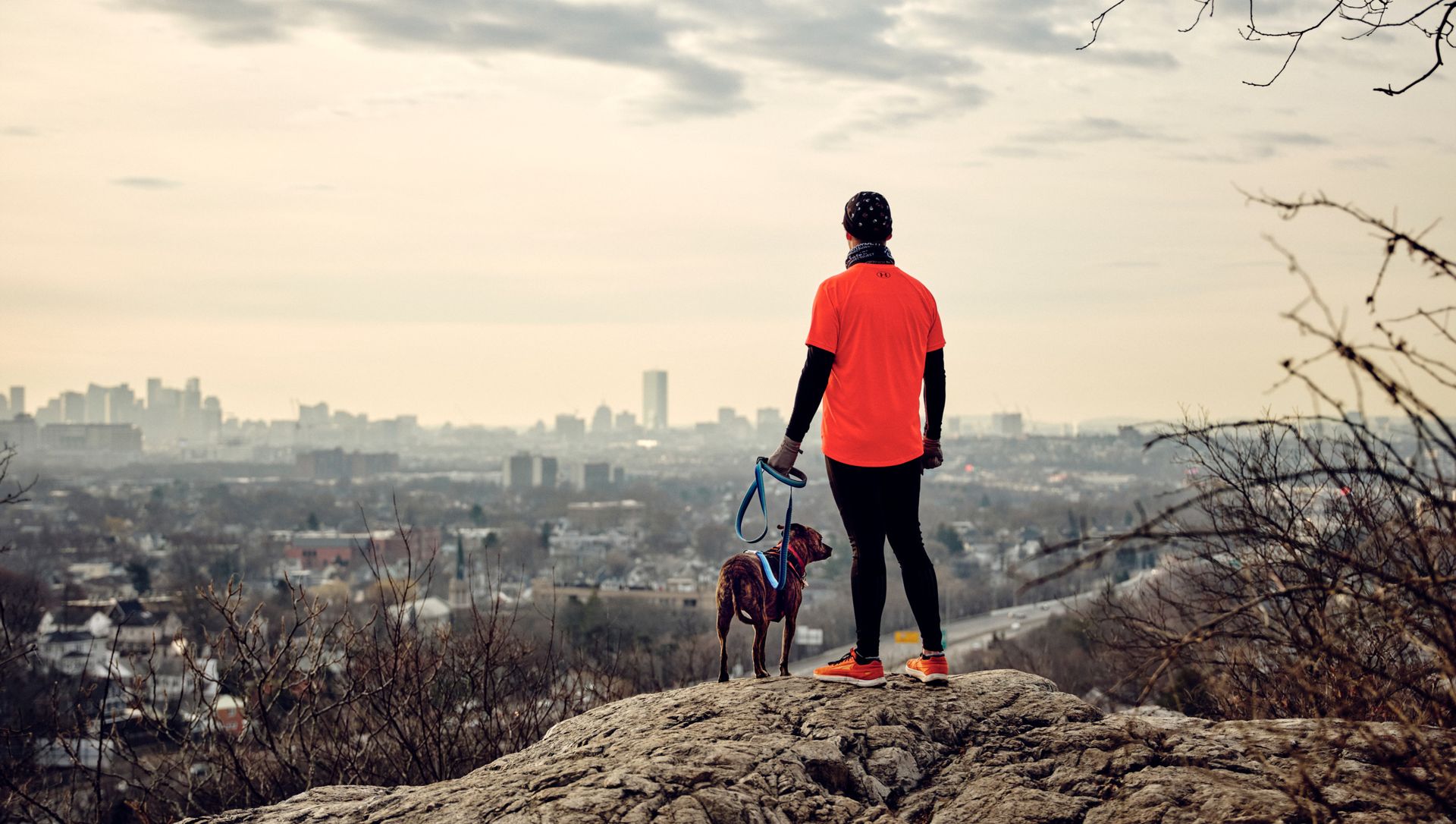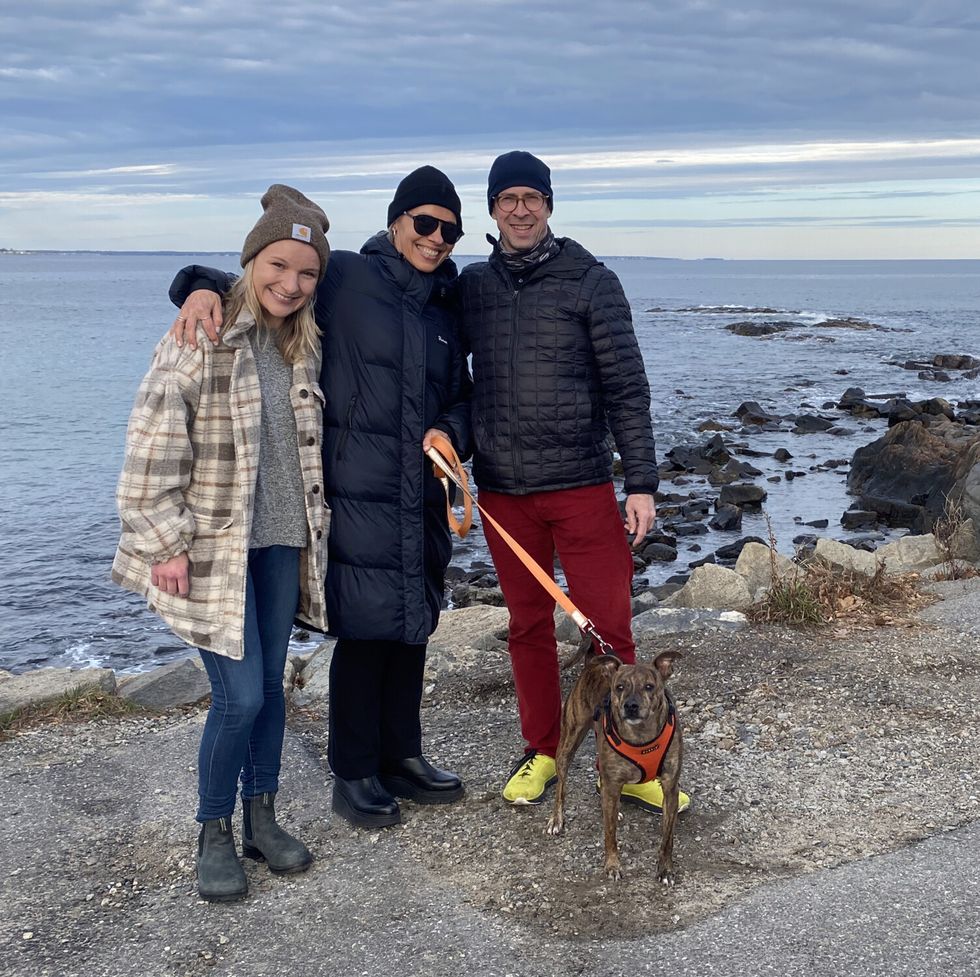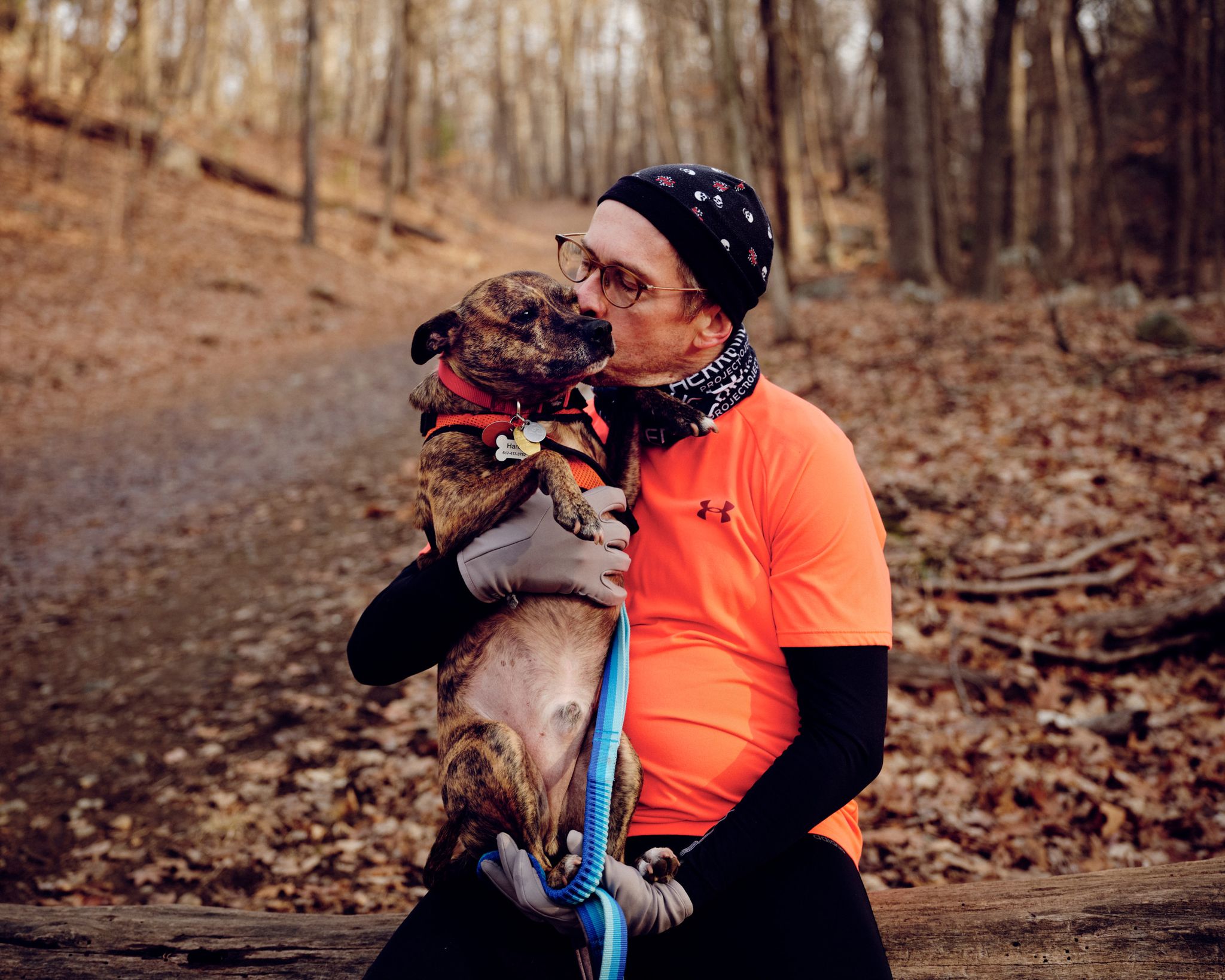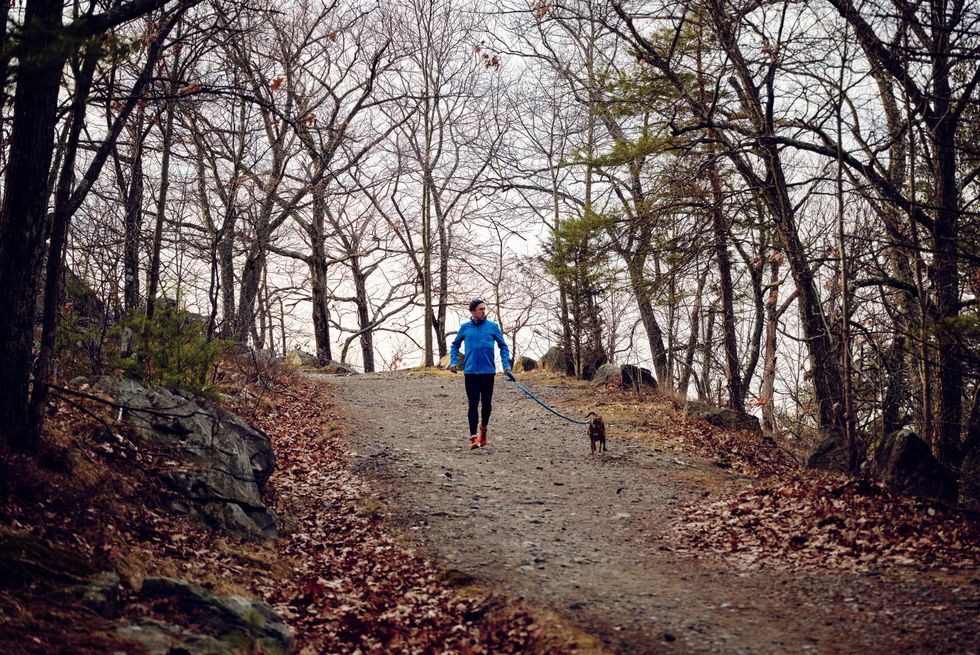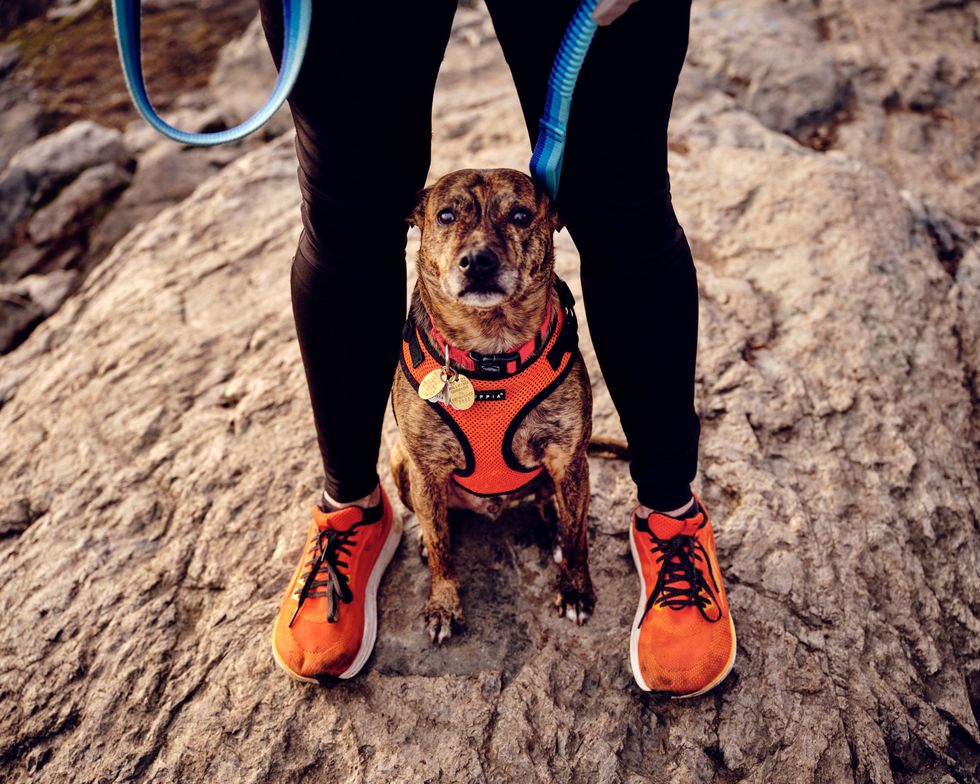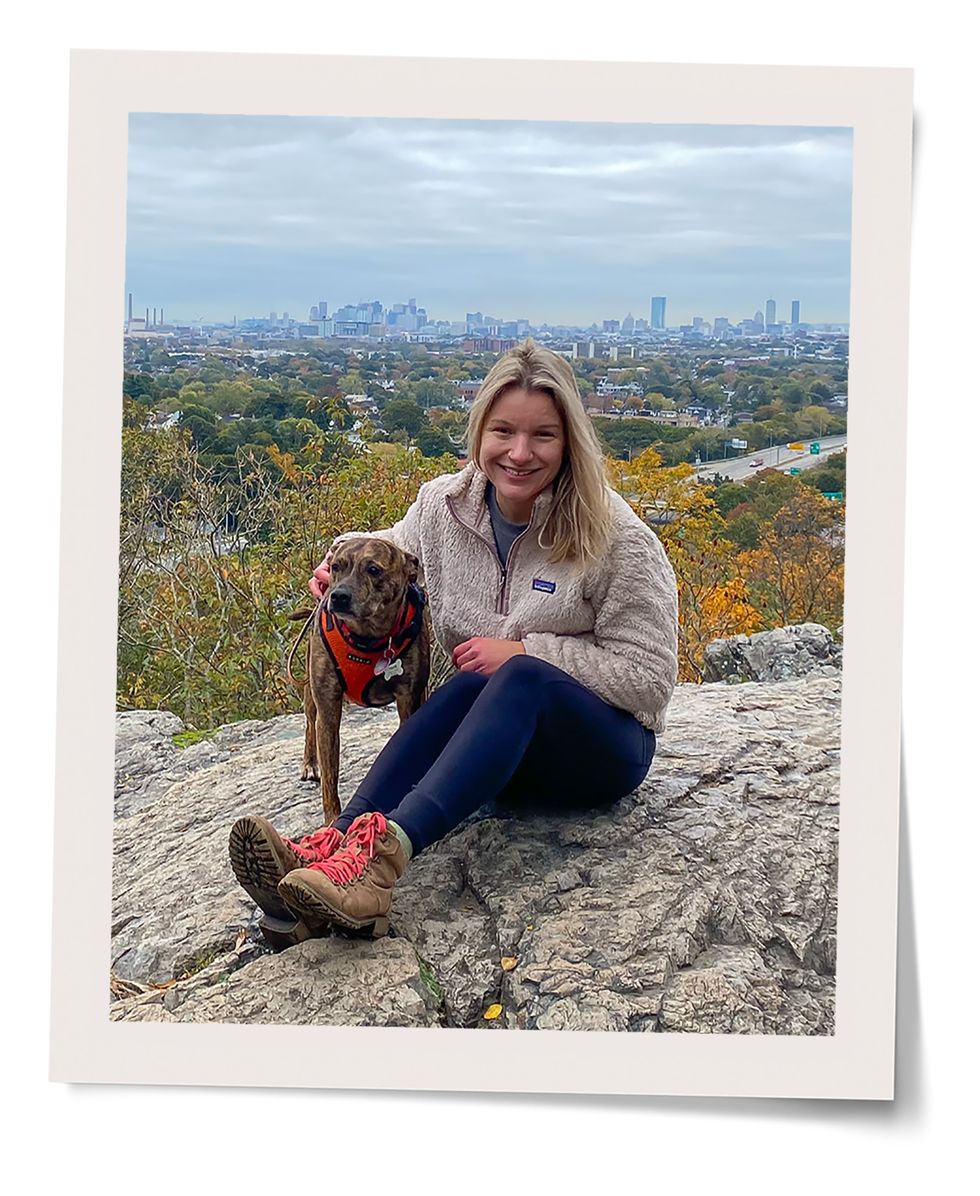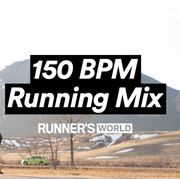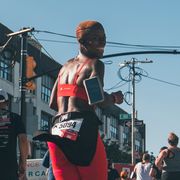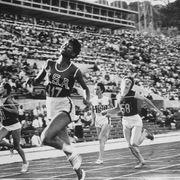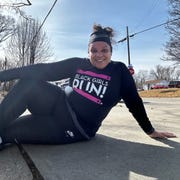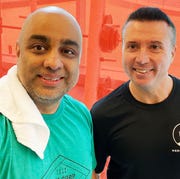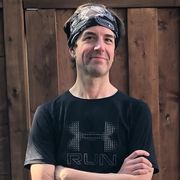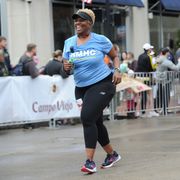I had taken to writing my daughter’s obituary, revising it week after week. It usually cropped up during a run, as if the movement jarred the sentences loose from the dark place where I hid my fears.
Shea was a witty, big-hearted kid who loved Buffy the Vampire Slayer, old-time game shows, and vamping on stage. At our courthouse wedding she was the official witness, our marriage certificate bearing her loopy signature. During a trip to Los Angeles, we watched with pride as she bravely approached Owen Wilson in a Venice Beach bookstore to ask for an autograph.
But then I’d get stuck. All these sepia-toned memories were of her as a child. I struggled to conjure anything meaningful from the previous 10 years. Where was that impish blond-haired girl who loved to draw and silly-dance to TV theme songs, who didn’t care what people thought?
That kid had been replaced by someone I no longer recognized—a stranger with vacant eyes and sores hidden beneath thick makeup, thin as a coatrack. Addicted to heroin and fentanyl. At 25.
I still couldn’t believe it. Shea used to be terrified of needles. She used to be a lot of things—a soccer player, a prankster, someone who sang in the shower. Now I didn’t know where she was or who she was with. I expected a pair of stone-faced cops to knock on our door any day. I couldn’t think where we would bury her.
The only thing of Shea’s that I could reach out and touch was her 3-year-old dog, Hank, a 30-pound mutt who was now living with us. I started running with him at the nearby Middlesex Fells Reservation a few times a week after a particularly low point in Shea’s journey.
Situated about 10 miles north of Boston, the Fells is a 2,575-acre wilderness dotted with reservoirs, ponds, and meadows and shot through with more than 100 miles of wooded trails. My wife, Chris, and I sought refuge there after she’d returned from a disastrous mother-daughter trip to Mexico in 2017. Shea had banked on getting by with smuggled Suboxone strips, which can blunt opioid cravings. But if the body hasn’t adequately detoxed, severe and sudden withdrawal symptoms can set in. Frantic, Chris had dragged her, sick and groaning, three hours back to the Cancún airport. I picked them up at Logan Airport 24 hours after dropping them off. Chris never even saw the ocean.
As soon as we got home, Shea squirmed out the door, eyes trembling. “Could you please take Hank another night?” I knew where she was going but could do nothing more than plead. I had thought she was doing better. My wife cried herself to sleep.
The next morning, Chris said, “I just want to go watch Hank in the Fells.” We hiked the root-threaded paths in silence as he hurtled through the brush, zipped after chipmunks, and bounded over moss-covered logs, hanging in the air for an impossible gravity-defying moment. With his barrel chest, tapered waist, and tight haunches, he moved with ease and alertness. I could feel my blood pressure drop just watching him run. Trees bent and creaked. The sun winked through the pines. It didn’t stop the tears, but for a few moments the world made sense, seemed regular. “A state of grace,” Chris whispered, rubbing Hank’s brindle flank as he waited for a treat.
📧 To always be in the know, sign up for our newsletter
Shortly after that, Hank and I began making the 20-minute trip north on weekends, and then during the week. I wasn’t a trail runner. Lately, I wasn’t much of a runner at all. My road mileage had all but collapsed, my drive depleted. I registered for races and didn’t show up. When I did manage to get out the door, I’d forget to keep pace until I was shuffling, lost in fantasies of demolishing the faces of guys Shea hung out with, breaking bones, knocking out teeth. I am not a violent man. I had lost contact with the mental space that running had once opened up for me, where for years I’d soothed my anxieties and depression, reckoned with my own alcoholic past, and incrementally cobbled together a sense of well-being. I’d even published a memoir about running as a sobriety tool, my first book. But what was once a proud achievement now felt like a cruel joke. When my daughter was “on a run” (an extended drug binge) it carried the prospect of death, not salvation.
It wasn’t supposed to be this way. We moved to Boston from a small town in Vermont when Shea was 15, seeking job and school opportunities and some urban culture. Little did I realize that her struggle with anxiety and depression had already begun. Even before the moving vans arrived, Chris noticed her spending less time with friends and showing no interest in her favorite summer camp. She had a complicated relationship with her bio dad. (Shea lived with us much of the time, and we’d treated each other as family since her elementary school years.) While she had a healthy sense of adventure, the transition to the city was hard. An eating disorder soon appeared, and Shea spent much of the next five years cycling through clinics, emergency rooms, and therapists who prescribed increasingly potent medications. After high school she seemed to regain her footing and her health, but she was also drinking and hanging out with people we didn’t know. I was just glad she wasn’t starving herself any longer. Besides, I had boozed happily at 19, too. Things were finally normalizing, I hoped.
Hank came into her life a few years later, a rescue from the country roads of North Carolina. Shea raised him from puppyhood, taught him to shake and roll over, to be mindful in crowds. She dressed him in fancy sweaters. They went everywhere together. Hank also provided one of the early signs that she was in trouble again. About a year after she’d moved into her own place, she started asking us to watch him. First, overnight. Then for a weekend. Then she stopped coming back for him. He got anxious, wired with pent-up energy. He’d spin across our furniture and leave my running shoes chewed up in his wake. I knew she adored him but wondered how much time he spent alone, waiting.
Over the months, Hank and I built gentle three-mile jaunts in the Fells into rugged five-mile loops and eventually technical eight-mile circuits. The sound of my feet scraping across hardened dirt, the clinking of Hank’s tags, and the breath filling my ears, soon grew into a chorus that began, little by little, to drown out the cacophony of guilt, rage, and failure that kept me company.
Watching Hank take corners and leap fallen trees was an antidote to all the chaos—the break-ins at my daughter’s apartment, the checks we wrote for missed rent so she wouldn’t be evicted, the money we spent on rehabs and sober homes, the calls with detox counselors I took in the bathroom stall at work, and my conviction that the universe was punishing me for years of shitty alcoholic behavior.
Periodically my foot would get caught on a root or rock, and I’d end up sprawled in the dirt. I scraped my knees, jammed my shoulder, and rolled my ankle repeatedly. I kept going. Hank needed this, I told myself. With the trail rolling beneath me, I kept one eye on the ground, another on the path ahead, and a third eye on the dog my daughter could no longer care for. The Now of it demanded my complete attention. I couldn’t dwell on anything but the moment—not anger, not helplessness, not the constant self-flagellation—if only we hadn’t been so indulgent, if only we hadn’t left Vermont, if only I’d paid closer attention.
Hank at the Fells came to represent not just a sanctuary, but a place to manage my hopelessness. I started leaving my watch behind, and even my sunglasses, no matter how bright the day. I wanted Hank to see my eyes when he looked back for me. I didn’t want anything to get in the way of our connection. I memorized his movement. The way he scuttled straight up a rock face reminded me to act with intention. The times he selfishly ignored commands while wallowing in a pile of shit or barking at another runner reminded me to text my daughter that I loved her. Seeing him chase a squirrel up a tree, hugging the trunk, lunging at a branch high out of reach, encouraged me to not give up.
By then I had become convinced that things with Shea would end badly. So when Hank occasionally vanished into the woods, I’d instantly start catastrophizing. On one run, he scampered ahead, scaling a tumble of rocks on sure feet, a blur of brindle. I ran behind, picking my way among tree roots and saplings. When I scrambled to the top of the overlook, I was met with silence. I listened for the jangle of Hank’s tags. Nothing. I heard a woodpecker hammering in bursts. I called and whistled. I clapped and willed him to materialize out of the woods. The Fells is a big reservation: There are coyotes and large, territorial owls. And I was sure other kinds of predators were around too, who might snatch up a loose dog for a fighting ring. If anything happened to Hank, I was scared I’d break apart. It would be too much to bear. I whistled and jogged over a few roots, head on a swivel. There. Sitting like a sentinel at the bend up ahead, his tiger stripes blending with the shadows and leaves and tangled underbrush. Waiting. I took his face in my hands and kissed his broad skull. Remember this, I told myself.
Things came to a head (again) when Shea moved home after completing what we prayed would be her last round of treatment. A few days later, I found needles in her trash underneath some used Kleenex. We told her we’d take her back to rehab, but home was no longer an option. Words we never thought we’d utter. She jammed some clothes into a duffel bag and stomped out, saying, “I’ll be back for my dog.” From the window, I watched her climb into an Uber and vanish into the night. I changed the locks the next day.
Two days later, we made our way to a hospital chapel, following signs for a family support group called Learn to Cope. When I screwed up the courage to raise my hand, the words rushed out in angry torrents. I expected silence, horror. Instead, we were met with knowing looks and compassion. We weren’t the only ones who were familiar with the crackle of police radios. Who had spent holidays in the ER or wondering where their loved one was. Who had kicked their child out. “Most overdoses happen at home,” a woman said. Over the months, we heard stories worse than ours—parents with children in federal prison, single mothers with multiple kids addicted, grandparents raising toddlers. But what caught my ear was when a man said, “When the family changes, the addict changes.”
On my runs with Hank, I came back to these words again and again. Why should we change? As if we were to blame for something else, something we hadn’t even thought of. This disaster was her doing. But the words kept nagging. They began to feel like a mantra, and after a while like something resembling a plan. We made sure Shea knew we were getting help and texted her the numbers of guest speakers who had once been where she was. Instead of scrambling the jets as we had for years, we practiced pausing and saying, “Let me get back to you,” and worked on embracing the idea of detaching with love. Chris and I gave ourselves permission to take a vacation—a road trip to South Carolina with Hank curled in the back—and though it was far from restful, it restored our sense of control over our lives.
Back in Boston, I continued to find shelter in the Fells. Whatever time off I had, I spent exploring the hollows and hopscotching mud bogs, Hank always leading the way. I brought the meetings with me, replaying conversations and the heart-stopping moments when we learned about someone’s child who had lost the struggle. The grim statistics always loomed—more than 100,000 fatal overdoses in a year, nearly 36 million people in active addiction, each with a family in agony, the same story told 36 million different ways. We saw new faces at our group every week.
Hiking in the Fells with Chris one drizzly January morning, a ragged coyote floated across our path. Hank shot after him, even though the coyote was twice his size. For a moment I was proud that Hank was chasing off a threat. But then we realized that the loping creature wasn’t trying to escape Hank. He was luring him. Then we lost sight. We yelled and screamed his name, hacking blindly through the dense brush. We listened for his tags. A few moments later, Hank trotted back to the trail from a different direction, chewing on a stick. Chris and I looked at each other. We’d been doing a version of this routine with Shea for 10 years.
We’d been addicted to her addiction, our lives as unmanageable as hers. The cruelest part was that our simple, innocuous parenting—helping with groceries, cosigning leases, chipping in for utilities, helping Shea out of a jam—only freed up space for her to keep using. The line between loving and enabling had become razor-thin.
For years I was convinced that love and force of will would bring Shea back to us. As an endurance runner, I was used to pushing through pain. The more torrential storms, blizzards, and bitter temps the better. But those lessons were useless, irrelevant. Going head-to-head against the addicted brain wasn’t about toughness or self-discipline. Not in the way I thought. Love, while necessary, was not enough. The chemicals are stronger. But if you pair love with a group of fellow travelers, education, and even the smallest efforts at self-care, you might just find a way out. Chris and I went to our first Learn to Cope meeting to save our daughter but instead learned how to save ourselves. There is no more important behavior a parent can model for their child.
Meanwhile, we tried to narrow our daughter’s path. We followed through on our threat to have her committed to a state-run treatment facility. Then we broke her lease and emptied her apartment. When Shea got out, she agreed to sober living in Maine, along with Vivitrol—a monthly injection that blocks the effects of opioids. But recovery is rarely linear. After a year, she picked up where she left off, even making trips back to Boston unbeknownst to us. Until she called to say she had checked herself into detox. Only this time, we had nothing to do with it.
After nearly 12 years of struggle, Shea finally began to surrender. Slowly, painfully, and with the help of professionals and others in recovery, Shea found the vulnerability and courage to probe the emotions she had been numbing for so long. Eating disorders, substance abuse, those aren’t the problem. They’re the solution. Remedies to a slate of torturous feelings that vulnerable minds might not be equipped to handle.
As of today, Shea has been drug-free for three years and has surrounded herself with a group of strong, sober women. She works in a treatment center and even serves as a recovery coach for the same addiction nonprofit where I volunteer as a run ambassador. She regularly shares her story, including at Learn to Cope support groups, which Chris and I still attend and help facilitate. It’s hard to let down our guard, the trauma still lurking beneath the surface. But Shea is back in school. And she’s found an outlet in the weight room—determined to take up space in this world rather than vanish. Her belly laugh has come back, and she spends time with us for no reason other than just being together.
On a visit home last year, Shea and I took Hank to the Fells, treading over the rough paths I’d come to know so well. “Isn’t there a place where you can see the city?” she asked. I knew the spot. I had often stopped there with Hank, wondering where Shea was among all those buildings so far out of reach. On the way, Hank hopped and frolicked like he always did, chasing a squirrel up a tree, ever the optimist. Shea and I talked about her spiritual practice, her classes, and her job processing people as sick as she once was. While her path was still unfolding and not yet well-lit, she had rejoined the living, pushed forward by a slowly burgeoning belief in her own worth.
We came to the overlook. She skipped ahead, Hank trotting after her. Then she asked me to take a picture of her with Hank. He sidled up to her as she sat, resting on the large stone slab. They still looked good together—him tucked in the crook of her arm, her blond hair blowing across her face, a slight smile beneath wind-chapped cheeks.
I put the camera up and held it there a second, framing the two of them, the ribbon of interstate behind, the gleaming Encore casino looming in the background. A breeze ruffled the trees. I watched them through the screen for a moment, both patient and still, just sitting there.
If you have a loved one battling addiction, you can find support and resources at Learn to Cope. If you are struggling with alcohol or substances, Herren Project helps individuals and their families navigate treatment and recovery.
Caleb Daniloff is a Boston-area writer and author of Running Ransom Road: Confronting The Past One Marathon at a Time and co-author of November Project: The Book: Inside the Free Grassroots Fitness Movement That’s Taking Over The World.
